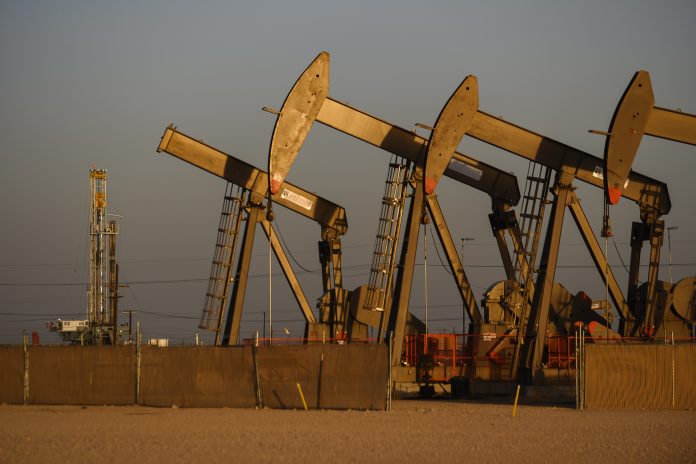The Permian Basin is now pumping more oil than every country in the world except Saudi Arabia and Russia and considering the multiple factors at play, its global status will keep rising.
That’s according to Rystad Energy, an independent research and business intelligence company based in Oslo, Norway, which says the Basin will boom from the record 5.2 million barrels per day that it produced in May to 5.6 million bpd by the end of this year and 6.5 million bpd in 2023, or almost half of a record total U.S. production of 13.2 million bpd.
“The Permian has become the hot spot for U.S. oil production thanks to significant resources, low break-even costs and high oil content,” said Espen Erlingsen, Rystad’s director of upstream research. “This trend is only likely to continue as global oil markets struggle with supply constraints and the demand for oil shows little sign of easing.”
Asked if 6.5 million bpd is realistic, Henry Resources President David Bledsoe of Midland said, “I think we can get there, but it depends a lot on how the major oil companies view their capital budgets and their interactions with Wall Street.
“The private companies will continue to drill.”
With the Basin’s rig count standing at 343, up from 225 a year ago and nearly half of the national count of 727, Bledsoe said, “It will be the best thing for the industry if we add a lot of production rates like we have in the past, drive the prices down and don’t continue the wild ride of price volatility, which is hard on all of us.
“The reason we have seen an uptick in production in the last few months is that we were deciding to do that a year ago. It takes about a year from the decision to add production for that production to come online.”
Society of Professional Engineers spokesman Steve Rassenfoss of Houston said the Basin’s output is primarily a result of its technology. “You’re achieving a huge amount of oil, which is indicative of the fact that you have gotten really good at technology and you keep getting better,” Rassenfoss said Thursday.
“The Permian Basin has a great concentration of talented people who are very good at applying the new technology in new ways.”
Rassenfoss said 6.5 million bpd “doesn’t seem much out of line” if the needed equipment and fracking sand are found. “The Eagle Ford Shale Play in South Texas and the Bakken Formation in North Dakota had been shrinking, but now they’re growing,” he said.
“Get $100 oil and people get interested.”
Texas Independent Producers & Royalty Owners Association President Ed Longanecker said the Basin’s growth “is not overly surprising because the oil and gas producers have responded to the higher commodity prices and the call to increase domestic production and address the supply shortage and growing demand.
“The Permian is one of the most prolific formations in the world, so it’s good to see how it stacks up to the producing nations around the world,” Longanecker said Thursday from Austin. “You have the resources and infrastructure with the community and region that is accustomed to supporting the oil and gas industry.”
Longanecker said reaching 6.5 million bpd “will obviously depend on a number of market factors.
“If the commodity prices remain high and nothing overly burdensome is enacted at the federal level, we should reach new records in Texas this year or next year, driven largely by the Permian,” he said. “Growth in production could be affected by challenges in the workforce, shortages of materials and an adversarial federal policy environment.”




